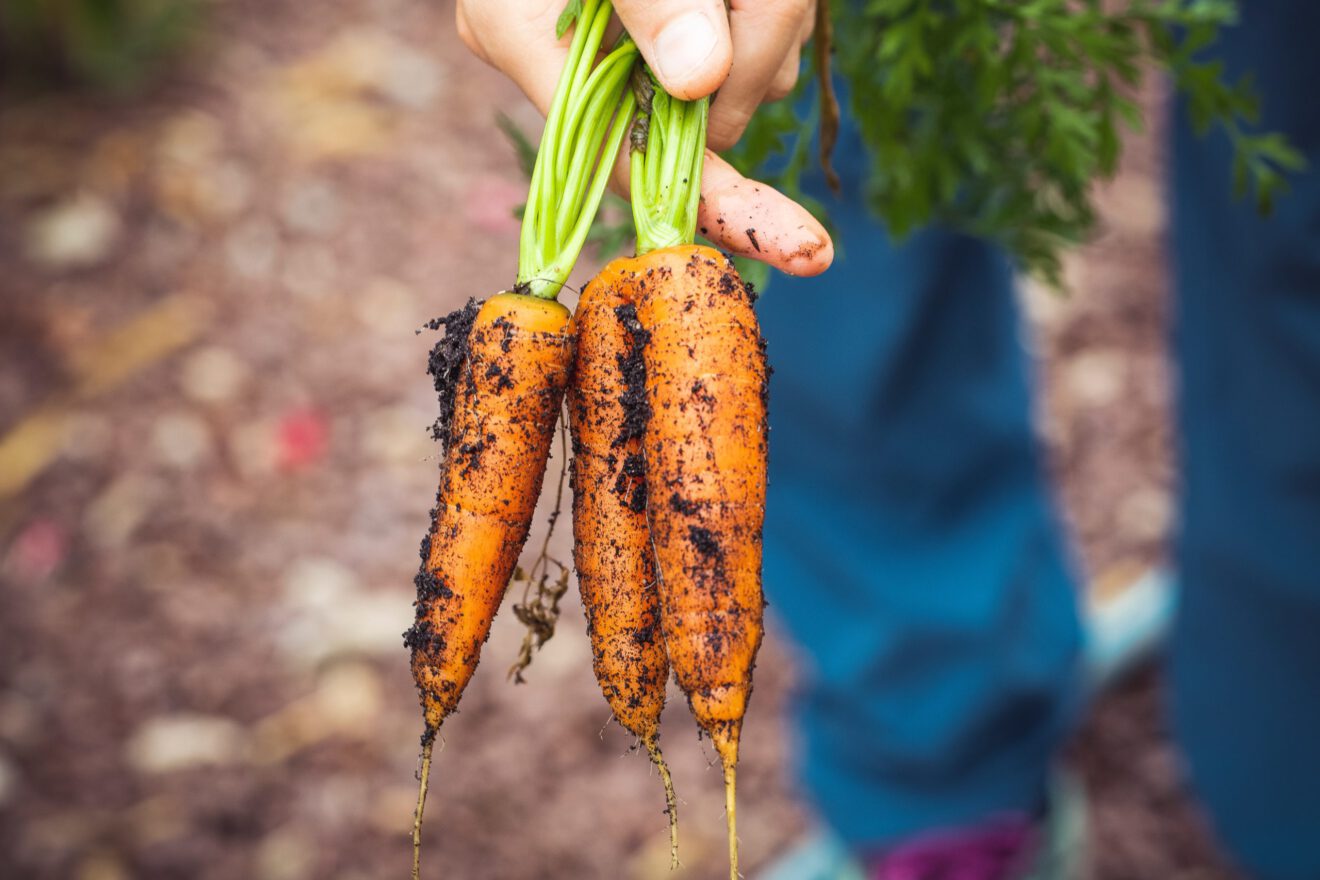Sign up for the FMI dailyLead today, free.
Along with more recent disruptions caused by the pandemic to home economics and employment, cultural and demographic shifts in the US have profoundly shaped consumers’ priorities when it comes to food and beverage trends that intersect with topics relating to health and wellness, sustainability, shopping, cooking and eating habits.
Growing racial and ethnic diversity (particularly among younger consumers), increasing numbers of single-parent households (especially mothers as well as other non-traditional families), escalating income inequality and an eroding middle class are changing the size and structure of American households.
Shifts in how we work, such as teleworking as the new normal for many, and the increased participation of women in the workforce are creating heightened expectations to be “always on,” and accompanied by diminished availability of unstructured leisure time, are resulting in new time pressures and the upending of daily food rituals.
“Fresh, less processed foods” have become the premier signifier of quality today when it comes to consumer views on foods and beverages — a value which in turn links to expanded interests in global cuisines and food discovery. We also see heightened importance being placed on personalized and customized dietary approaches and deepening connections seen by consumers between health and wellness, environmental sustainability, social justice and their own food and beverage consumption.
To shed light on how such shifts are impacting culture in relation to demand for food and beverage, Hartman Group analysts recently examined six key trends in consumer culture in our Ideas in Food 2022, which explores how cues, claims and brand narratives are being leveraged to connect with evolving consumers.
These six trends are:
Regenerative systems (and agriculture): Consumer awareness of the sustainability challenges of modern agriculture is spreading, spurring consumers to consider alternatives. Regenerative agriculture is of growing interest to consumers, particularly when it is framed in terms of bigger-picture advantages like slowing climate change and improving soil health and fertility. Regenerative systems are about restoring soil, biodiversity and humanizing the processes behind these efforts.
Gut health nexus: As the digestive wellness trend deepens, awareness of the microbiome as the root of all wellness and its connection to our mental well-being and immunity is expected to mainstream more broadly. From this trend we can expect premium yet democratized products that restore gut wellness while reflecting functionality, convenience and great taste to surge ahead.
Rethink plastic: With more engaged consumers becoming rather jaded from recent headlines about where our recycled packaging actually ends up, there is some hope with innovative packaging solutions on the horizon. Choosing products that support claims like Plastic Neutral packaging is a direct way consumers feel they can reduce their plastic footprint.
Experience retail: Experience retail as a trend stresses the importance of exceeding consumer expectations in today’s shoppable universe. While traditional retail tends toward the transactional, experience retail prioritizes discovery and engagement that speak to evolving consumer values.
Upcycled and equitable: Direct and ethically sourced products are increasingly viewed by consumers as helping to restore local ecosystems, mitigate climate change and support the reduction of food waste. The concept of upcycling is gaining traction — both in and beyond food and beverage products — as consumers view it as a win-win to reduce waste and provide lower-cost or novel products to enjoy.
Future nostalgia: Upgraded childhood food and beverage favorites are increasingly being introduced to provide playful throwbacks to iconic experiences while aligning with modern values around health, sustainability and social issues. Modernized nostalgic favorites capture consumer interest with engaging narratives that reflect a humorous take on humanity.
Among diverse social and cultural changes, these trends are gaining momentum within the food and beverage ecosystem. Food and beverage companies that can successfully leverage these trends by highlighting resonant brand and product attributes can differentiate themselves from the competition to secure future growth in the days ahead.
Related stories:
- Wine subscriptions maintain consumer interest
- Global flavors are hitting US restaurant menus in a big way
- Cooking today: Ideal meal aspirations and challenges
As CEO of The Hartman Group, Demeritt drives the vision, strategy, operations and results-oriented culture for the company’s associates as The Hartman Group furthers its offerings of tactical thinking, consumer and market intelligence, cultural competency and innovative intellectual capital to a global marketplace.
________________________________________________
If you liked this article, sign up for SmartBrief’s free email newsletter from the Food Industry Association. It’s among SmartBrief’s more than 250 industry-focused newsletters.
